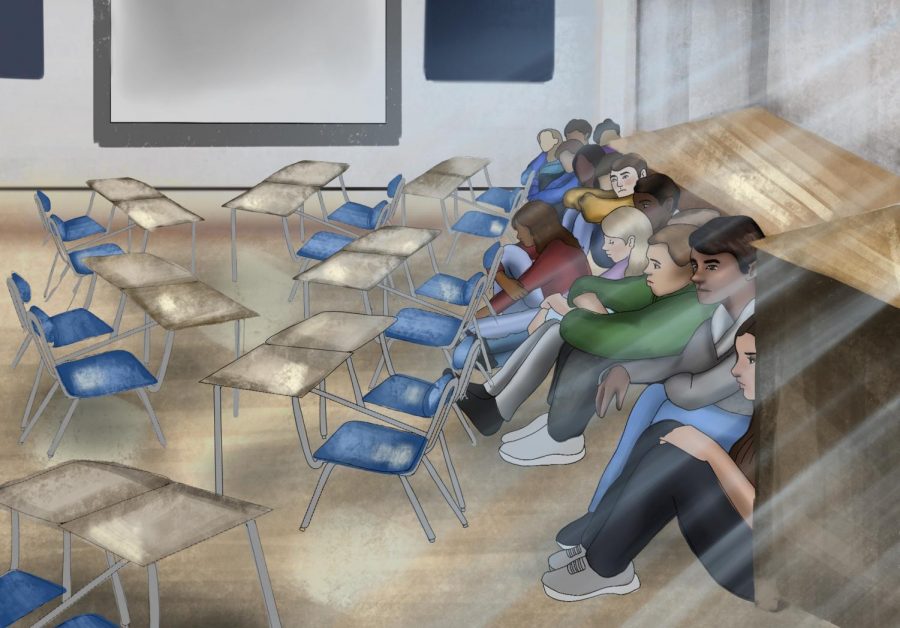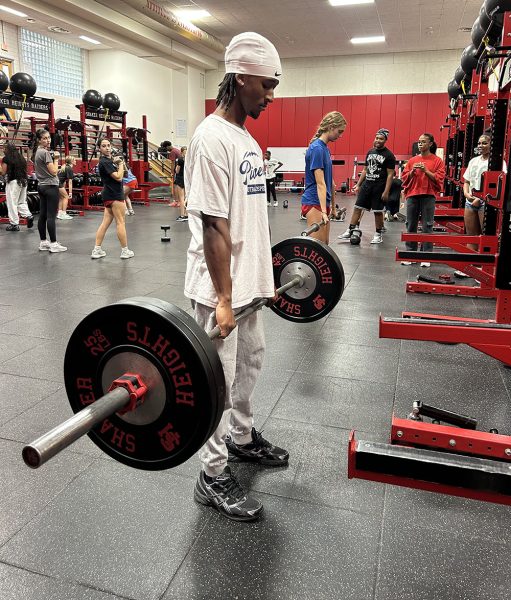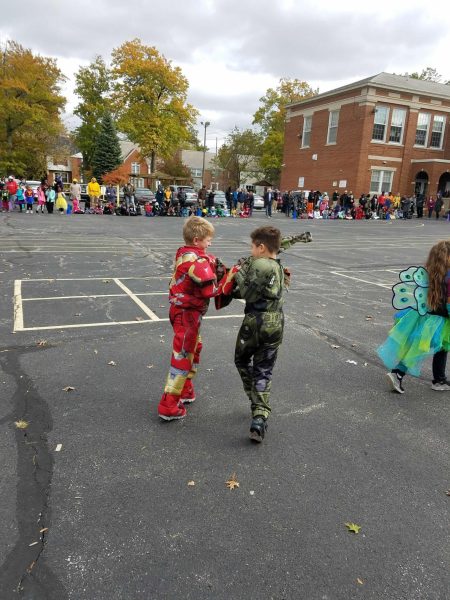Putting Safety First
After recent changes to lockdown procedures, Shaker must revisit ALICE Training
Throughout the day, every student travels to as many as eight classrooms. Seven times a day, five days a week, we walk through the hallways around our building. But what happens if during those hallway trips, someone is shot?
We believe we are immune to danger because we are Shaker, but the reality is that with an assault weapon, anyone can erase that sense of safety in our halls.
According to Everytown Research, in 2019, gunfire on school grounds led to 32 deaths and 77 injuries. Until those shootings, students walked through the halls of their schools without incident, just as we do every day.
While the congressional split over gun legislation festers, we must do more to keep ourselves safe than just practicing lockdown drills.
On Nov. 22, students walking through the halls after sixth period ran into nearby classrooms when Principal Eric Juli announced a lockdown. Those already in class huddled in corners. One teacher guarded the door with a stick; another handed out scissors as self-defense weapons. Other students were left to fend for themselves in empty classrooms. People squashed under desks, unsure if they were truly protected. There was no sense of order. Either panic or apathy set in.
We learned later that no weapons were involved in the incident that precipitated the lockdown, which was called to prevent a fight that started in the cafeteria and continued outside the library from becoming a brawl as students filled the hallways after sixth period.
But students and parents were still terrified during the lockdown. Learning about the cause and absence of weapons came too late to prevent terror.
Three times a year, we practice huddling in a corner. We talk and laugh and use our phones. None of us take these lockdown drills seriously, because what would “hiding” truly do? This strategy reminds us of the Cold War, when students watched “Duck and Cover,” a 1951 film in which Bert the Turtle cheerfully retreats inside his shell to survive a nuclear attack. Students were instructed to hide under classroom desks, terrified of being incinerated by a nuclear bomb. Today, we watch Bert the Turtle in U.S. History classes and laugh at the film’s absurd safety message.
Will future generations learn about how we turned off the lights, locked the doors and hid from armed assailants, all while chuckling about how this approach was supposed to keep us safe?
Lockdowns are our security blanket; we cling to them for comfort, but in reality, they don’t fool anyone who comes with the intention of killing. All it takes is the pull of a trigger to render our lockdowns useless. Scissors and sticks won’t stop a bullet without training and purpose in mind.
We need a clearer idea of what to do when our building goes on lockdown, something more concrete than turning off the lights and hiding under a desk.
The best solution: ALICE Training — Alert, Lockdown, Inform, Counter, Evaluate. Whether at a high school, a house of worship, a hospital or any other setting, a licensed instructor can teach people how to fight back.
Other Schools in the Cleveland area have executed ALICE Training successfully, and if enacted in Shaker Heights, the school would prove to the community that lives are worth more than fiscal modesty. Co-founder of ALICE Training Lisa Crane said in February 2019 that the total cost would fall between $10,800 and $13,500 to train the whole building. The district looked into it in 2014 but chose not to pursue it because the administration has already
begun to improve the way they execute lockdown procedures. Principal Eric Juli revamped the procedures after the Nov. 22 lockdown. Juli created three kinds of lockdowns in order to avoid disrupting learning for minor issues: “stay in place”, “stay put” and a general lockdown.
When he announced the “stay in place” procedure Jan. 22 and the “stay put” drill Feb. 7, Juli explicitly stated via P.A. what was going on and how he was dealing with it, which informed students and made them feel safe while also not disrupting learning. This approach is certainly an improvement on the way threats and incidents were handled in the past, but still, we must do more.
No student’s only defense for their life should be a door and a dark corner. We are worth more than that. This is a call to our administration — it’s time to revisit ALICE.









